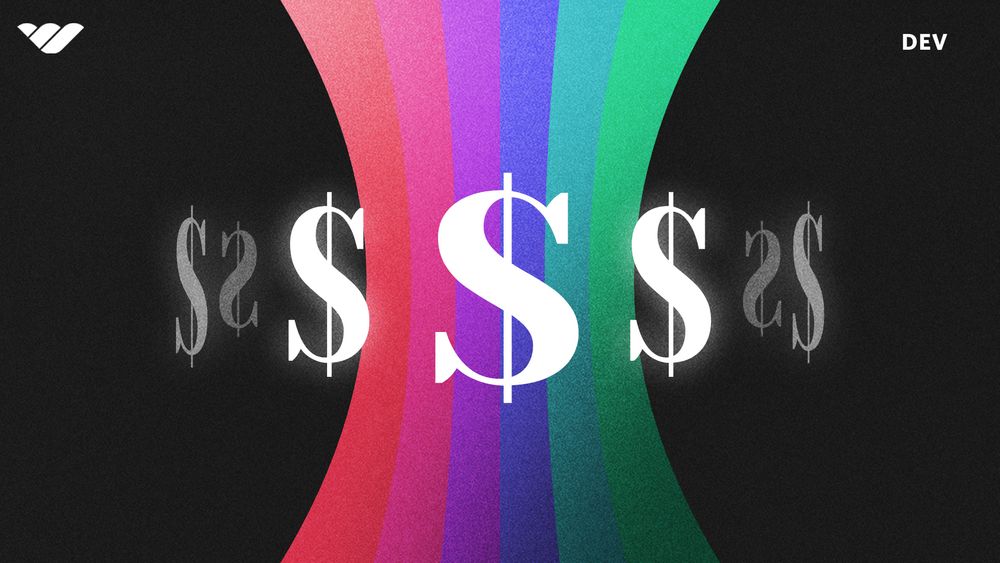Looking for the best ecommerce growth strategies? Find fifteen proven techniques in this guide.
To stay ahead of the competition in 2026 you need an efficient marketing plan that drives traffic and converts it into loyal customers. And this is exactly what ecommerce growth is all about.
The right growth strategy can be the difference between stagnation and success for an online business, and whether you’re just starting out or are an experienced entrepreneur, a good plan is essential for long-term success.
In this article, we’ll break down what growth strategies are, how they can benefit your business, and show you exactly how to boost your online presence and revenue with them.
Sounds good?
Let's dive in.
What is a growth strategy for ecommerce?
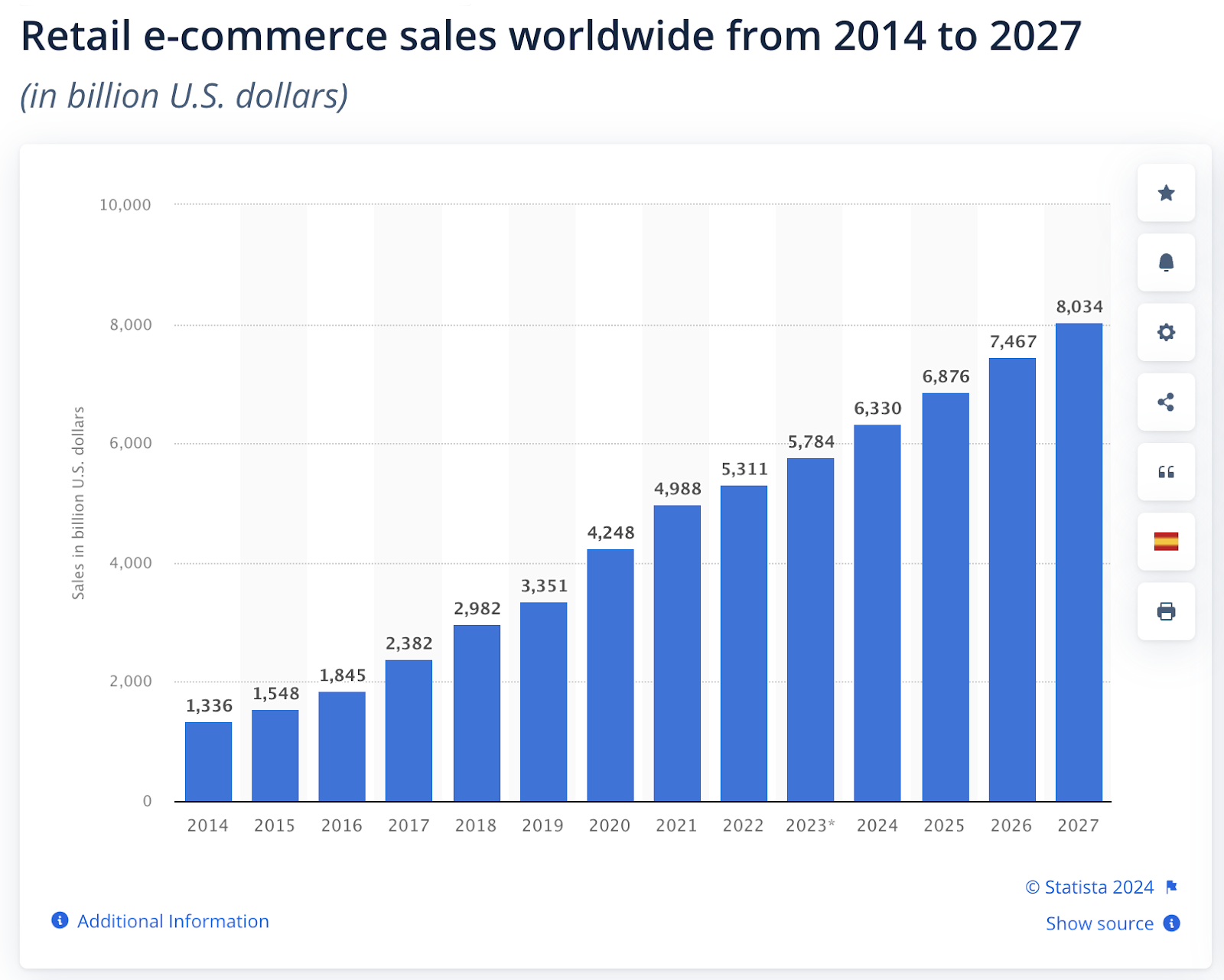
A growth strategy is a marketing plan focused on scaling your business by increasing your customer base, revenue, and market share. It typically involves a mix of marketing product development, and operational optimizations that align with long-term business goals.
A good growth strategy can be essential for scaling a business, but it doesn't mean one plan can be used for everything. The right strategy may vary depending on your target market, products, and resources applied to a respective campaign.
Some of the key elements (and main uses) of a ecommerce growth strategy are:
- Customer acquisition & retention
Done through targeted ads and email marketing, social media campaigns, SEO, loyalty programs, and superior customer service. - Product diversification & expansion
Involve launching new products or variations of existing ones in your stock. - Data-driven marketing & personalization
Growth strategies heavily rely on data analytics, like customer data and KPIs, info used to create personalized marketing campaigns. - Partnerships and collaborations
Growth strategies can be based on the formation of strategic partnerships with other brands or wholesalers, as well as partnership with influencers through influencer marketing.
The importance of a growth strategy for your business
Some of the main reasons of why growth strategy is important for your ecommerce business are:
Provides long-term sustainability
An ecommerce growth strategy ensures that your company not only survives in the market, but develops and thrives over time by detecting growth possibilities and adjusting to market changes.
This forward-thinking approach strengthens your brand's resilience to economic and competitive pressures.
Increases revenue
By setting measurable goals for customer acquisition, market penetration, and product development, a growth strategy can drive higher sales and revenue. For your brand, this means tapping into new markets, optimizing existing ones, and constantly developing new products or services to attract more customers.
Sets a competitive advantage
By identifying unique opportunities, such as underserved markets or innovative product offerings, a well-planned growth strategy helps your business stay ahead of competitors. It also ensures that you’re constantly innovating and improving, giving you a significant edge in a crowded marketplace.
Helps with market expansion
Growth strategies often include plans for geographic expansion, product diversification, or entering new market segments. With a good strategy you can reduce dependency on a single revenue stream or market, mitigating risks and expanding your business’s reach.
Top 15 proven ecommerce growth strategies for 2026
Having a good growth strategy is very important for any business wanting to expand, increase revenue, and secure its long-term position in the market. It aligns resources, focuses efforts, and ensures that the business adapts to changes and challenges of the industry.
That being said, let’s take a look at fifteen of the best proven ecommerce growth strategies for 2026.
1. Influencer marketing

With a market size projected to reach $24 billion by the end of 2024 (according to the Influencer MarketingHub) influencer marketing continues to be one of the cornerstones of ecommerce growth.
This is especially true as social platforms increasingly favor authentic, relatable content made by people who leverage their online presence.
Influencer marketing involves partnering with influencers who resonate with your target audience, allowing your brand to appear in their organic feed, naturally boosting visibility and credibility for your business.
Let's say you have a fashion business, for example, by partnering with an influencer in this niche they created content about your product (posts, stories, videos) or use your products during live streams. Your business is then presented to an audience that is already interested in this segment and certainly values the influencer's opinions about what’s good in terms of fashion.
For example, influencer Analis Cruz partnered with GymShark to show off her Black Friday shopping haul.
The magic here lies in the influencer’s ability to humanize your products. When followers see trusted figures using your brand on a day-to-day basis, it drives organic traffic to your business. This strategy not only bypasses ad fatigue, but it also builds trust faster than most direct advertising methods.
Benefits of influencer marketing as a growth strategy include:
- Authenticity: Influencers share the product in their own voice, which makes the content feel more genuine and relatable to their followers.
- Niche targeting: Brands can reach niche or highly engaged audiences through influencers who have strong relationships with their followers.
- Cost-effective: For smaller collaborations, influencer marketing can be more affordable than large-scale paid campaigns.
If you're interested in this style of marketing, then read our guide to finding influencers for your brand.
2. Influencer whitelisting

While influencer marketing involves influencers creating content about your products, influencer whitelisting takes this type of approach to the next level by letting your business run ads directly from an influencer's own social media profiles.
With this strategy your brand gains access to the influencer's account to promote posts or create new ads that look like they come from the influencer, but your business controls the content distribution.
A study conducted by the agency 'Matter' revealed that 69% of consumers in the US tend to trust influencer recommendation over information coming directly from a brand. Influencer whitelisting makes your ads feel more like organic content and less like a sales pitch, also allowing your brand to tap into the influencer’s targeting data, ensuring that your content reaches people who are more likely to buy what you’re offering.
And of course, this is a growth strategy heavily based on trust between influencers and the business they’re partnering with. Because of this, influencer whitelisting is usually a strategy focused on long term partnerships, contrary to influencer marketing that can be used for something as temporary as a seasonal campaign.
The benefits of influencer whitelisting include:
- Higher engagement: Ads coming from an influencer can seem more authentic, leading to better engagement than traditional ads from the brand itself.
- Increased reach: Brands can leverage the influencer's audience and reach new people who might not have been exposed to the brand otherwise.
- Improved conversion rates: Because influencer ads feel more personal, they often result in higher click-through rates and conversions compared to generic brand ads.
3. Affiliate marketing (with performance PR)

Affiliate marketing is a performance-based growth strategy where brands partner with affiliates (like content creators, bloggers, or websites) who promote the brand’s products or services in exchange for a commission on sales or leads generated through their referral links.
This strategy has always been a staple of ecommerce growth but, in recent years, the shift to the performance PR model has taken it up a notch. This model blends traditional affiliate marketing with public relations by leveraging media outlets, blogs, and commerce content platforms. Rather than relying on pure ad placements, performance PR uses trusted publications and content creators to showcase your products within editorial content.
For example, take a look at a snippet of this 'Best online flower delivery shops in London' article by TimeOut. TimeOut is a well-known publication that helps readers uncover events and services in cities across the world. In this article, they share their pick of flower shops, and earn commission when readers order flowers from the affiliate links.

These product placements often feel more organic and credible to readers, and since affiliates are only paid for the sales they generate, this strategy is highly cost-effective, making it a scalable way to drive consistent revenue in a very lucrative strategy. So much so that the Influencer Marketing Hub estimates the global affiliate marketing spending will total almost $16 billion by the end of 2024.
The benefits of this growth strategy include:
- Low-risk, performance-based model: Brands only pay affiliates for actual sales or leads, making it a cost-effective way to generate results.
- Expanded reach: Affiliates can bring in new customers from different platforms, websites, and niches that the brand may not have direct access to.
- Scalability: Brands can easily expand their affiliate network to reach more potential customers without significant upfront costs.
For more information about affiliate marketing, read how guide to how affiliate marketing works and discover the best affiliate marketing courses and communities.
4. Paid media to landing pages

Using paid media campaigns (using tools like Google Ads) are already a powerful strategy for driving traffic, but their effectiveness skyrockets when paired with a well-optimized landing page.
And instead of sending traffic directly to your homepage, the idea here is to drive users to specific landing pages that can be optimized for a particular goal, like capturing leads or driving sales, significantly boosting conversions.
For example, if you’re running a Facebook ad for a specific product or service, the landing page should focus solely on that product or service, offering clear and optimized calls-to-action (CTAs), limited distractions, and an irresistible offer.
Let's take a look at this in action. Blueberry co has a sponsored Facebook ad for a book called 'How to draw really cute stuff'.

Clicking on this ad takes you directly to the product itself, and the landing page has multiple CTAs, including a countdown timer.

Landing pages with improved user experience (UX) factors tend to perform four times better than unoptimized platforms (according to Hostinger) so a good ad can only do so much if the platform is not on a good level.
When crafting landing pages that can speak directly to the audience’s needs, your paid media spend becomes more efficient, leading to better return over investment (ROI) and higher customer acquisition rates.
The benefits of paid media to landing pages as a growth strategy include:
- Precise targeting: Paid ads allow brands to target specific audiences, ensuring that the right people see the ads and are directed to relevant landing pages.
- Higher conversion rates: Landing pages are designed with a single goal in mind, leading to higher conversion rates compared to general webpages.
- Scalability: Brands can scale their campaigns by increasing the ad spend and optimizing landing pages to boost conversions.
5. SEO & content marketing
SEO might not always deliver overnight results, but still is one of the most effective long-term growth strategies for ecommerce. An optimized SEO strategy can make your digital platforms rank higher in search results while driving organic traffic that doesn't rely on paid ads.
Pair this with quality content marketing—like a well-made article on a blog (wink, wink)—and you'll not only attract potential customers but also educate them about themes revolving around the product or service you’re offering, leading to interest and conversions.
Just think about the fact that only 1% of searchers click on the second page of Google results (according to Backlinko) and you can see why good SEO and content marketing are so important for your business.
High-quality blog posts, product guides, and even how-to videos that align with your audience’s search queries also help your brand gain authority. This growth strategy builds long-term trust and ensures that when customers are ready to make a purchase, your brand is at the top of their minds.
Benefits of this strategy include:
- Increased organic traffic: Optimized content ranks higher in search results, driving more organic (unpaid) traffic to the brand’s site.
- Long-term ROI: Unlike paid ads, SEO efforts compound over time, bringing long-term benefits as content continues to attract traffic and generate leads or sales.
- Authority building: High-quality, informative content establishes the brand as an authority in its niche, building trust with both search engines and users.
If you want to win at SEO but don't know where to start, check out communities and courses on Whop. You can find SEO education in the marketing category of Whop.
6. Email marketing
With real-time messaging apps like Whatsapp or Telegram, many people already consider email marketing an outdated channel. But the truth is that an email marketing campaign is still a very effective strategy especially for capturing sales from people who have already interacted with your company.
For example, check out this email marketing campaign by Arcaa, which is aimed at getting existing customers to make a repeat purchase.

One of the biggest advantages of an email marketing campaign is its return on investment (ROI). According to email marketing data from Litmus, for every $1 spent on an email marketing campaign, $36 is made in return. Meaning that, as an ecommerce growth strategy, email marketing is a low-cost solution with high-return potential if done well.
A well-written email marketing campaign, using direct-response copywriting techniques, can speak directly to your target audience, presenting your products and services in a direct and practical way. Programs like Klaviyo allow email marketing campaigns to be sent to specific audiences in specific geographic regions, giving you strategic control over your growth campaign.
Benefits of email marketing include:
- Direct and personal: You can create tailored messages to increase customer loyalty and build stronger connections with your customers.
- Low cost, high reward: Email marketing offers one of the highest returns on investment among ecommerce channels.
- Scalable: Automations allow you to engage customers at every stage of the funnel without manual effort.
7. Loyalty Programs
Recent years have seen engagement and loyalty strategies become increasingly common in ecommerce, to a point that today, 90% of brands have some sort of loyalty program—according to Forbes.
Loyalty programs are designed to reward customers for repeat purchases, turning one-time buyers into long-term advocates.
Think points-based programs: every time a customer buys something from your brand, they earn points that, when accumulated, yield a reward - like this program by cosmetic store Mecca, which sorts customers into different loyalty levels based on their annual spending. The more you spend, the higher your loyalty level, the better your rewards.

Loyalty programs are a growth strategy that uses gamification elements to retain consumers and encourage greater interaction with your business.
Benefits of loyalty programs include:
- Encourages repeat purchases: Customers are more likely to return to earn and redeem rewards.
- Strengthens customer relationships: Makes shoppers feel valued and appreciated.
- Drives higher average order value: Customers may spend more to unlock rewards.
8. Retargeting ads
Also known as "remarketing,” retargeting ads are a strategy that aims to reach consumers who have already interacted with some platform of your business, be it a landing page or app, but have not made a purchase.
This is an effective growth strategy that uses tracking and analytics to create more personalized ads for non converting customers and increase conversion rates.
To get an idea of the potential of retargeting ads for your company, just look at an example given by Mailchimp—an automation platform focused on email marketing. According to Mailchimp, a small company set up a Google remarketing ad that brought in more than $8,200 in revenue, snagged 19 first-time buyers, and led to a 3,879% ROI in its first 3 months.
Benefits of retargeting ads include:
- High conversion potential: Retargeting ads focus on warm leads, making it more effective than cold outreach.
- Customizable: It’s a strategy based on tailor messaging and visuals to match customer behavior.
- Boosts ROI: Maximizes value from your existing website traffic.
9. Social proof and user-generated content (UGC)
In ecommerce, leveraging customer reviews, testimonials, and user-generated content can significantly boost trust and conversions, making the use of social proof and user-generated content vital for growth strategies.
In the commerce industry social proof is a psychological phenomenon where consumers are influenced by the actions and opinions of other consumers. It’s something very close to influencer marketing, but instead of sharing opinions of influencers, you’re showing your real customers using and commenting about your products and services.
It can be considered a cost-effective growth strategy compared to influencer marketing, since you’re not making any commercial partnership. Despite that, the challenge of this strategy lies in the fact your brand needs a base of loyal customers willing to participate.
For instance, if you’re a clothing retailer, to properly use social proof you could feature photos of real customers wearing your products on the product pages and social media of your business. Glossier is a great example of a business that uses UGC to showcase their products in the hands of influencers.

By sharing diverse perspectives, UGC makes your brand more relatable and trustworthy.
Benefits of social proof and UGC include:
- Increases trust: Real customer experiences are more persuasive than branded content.
- Cost-effective: UGC is created organically by your customers. So you don’t need to make any financial partnership with influencers, for example.
- Improves conversions: Buyers are more likely to trust products validated by real people.
10. Text messaging
This ecommerce growth strategy consists of using different types of mobile messengers to promote products or services. Whether through SMS, WhatsApp, or even via Telegram. Several companies have been using these mobile messaging platforms, some even operating their own stores, with features that apps like WhatsApp have.
For instance, companies like iFood constantly send messages via WhatsApp with promotions and other special offers. And businesses focused on selling online can also use mobile apps to send reminders, announce promotions, and even send extra materials for the courses. Even fashion retailers will reach out to customers (who have opted in to marketing campaigns) to alert them of limited-time offers.

With total mobile ad spend expected to reach $399.6 billion by the end of 2024 (according to Statista), it’s no surprise that mobile is a platform gaining traction in growth strategies.
Benefits of messenger marketing include:
- Immediate impact: Messages and ads sent directly to apps like WhatsApp are often read within minutes. So campaigns, and other types of ads published on this platform can reach the target audience way faster, making immediate results as well.
- Highly personal: Messages and ads can be personalized for each type of person. The fact that the consumer is receiving a message on their devices creates a proximity effect between your company and the consumer in question.
- Cost-effectiveness: Campaigns on mobile are considerably cheaper than ads on social media and other platforms
11. Product bundling
Selling bundles is a strategy that involves combining multiple products into a single package at a discounted rate. This plan not only increases average order value (AOV) but also helps customers feel like they’re getting a better deal—because they’re buying many products at a single price—leading to growth and better conversion rates.
If your business revolves around selling fitness equipment, for example, you could bundle items like yoga mat, resistance bands, and water bottle selling everything as a "Home Workout Kit," offering it at a lower price than purchasing each item individually.
Is a strategy that works around practicality and the sense of getting a good deal. Businesses focusing on online courses, and digital products in general, usually work by selling bundles.
Benefits of product bundling include:
- Increases revenue per transaction: The notion of “getting more for less” encourages customers to spend more when buying on your website or storefront.
- Clears inventory: Product bundling is also a useful strategy to move less popular products by selling them alongside similar but more popular items on your listings.
- Enhances value perception: Customers feel like they’re saving money, increasing the conversion rates of your business.
12. Referral programs
Similarly to loyalty programs, referral strategies use the potential of word-of-mouth marketing for organic traffic, the difference here is that, as the name suggests, referral programs work by rewarding your customers for bringing new customers to your business through referrals. Even Amex has a referral program.

It’s a low-cost, high-reward ecommerce growth strategy because it directly capitalizes customer loyalty, encouraging your own customer base to generate traffic for your business (technically) for free. Think promotions such as "refer X friends and get X discount on your next purchase", for example. It’s a simple, but effective, approach that creates a win-win scenario, since you’re gaining new customers without ad costs and your customers can leverage some low prices or free samples.
Benefits of referral programs include
- Low-cost acquisition: This strategy is based on conversions, so your business is only “paying” (giving discounts or free products) when the conversion of new customers has already been done. This doesn't include spending on ads and other general aspects of running the referral promotion, of course.
- Leverages trust: Since they’re being referred by family and friends, this type of customer is more likely to convert.
- Builds loyalty: This is a growth strategy focused on equal gain, reinforcing a positive relationship between your business and your customers through rewards.
13. Marketplace expansion
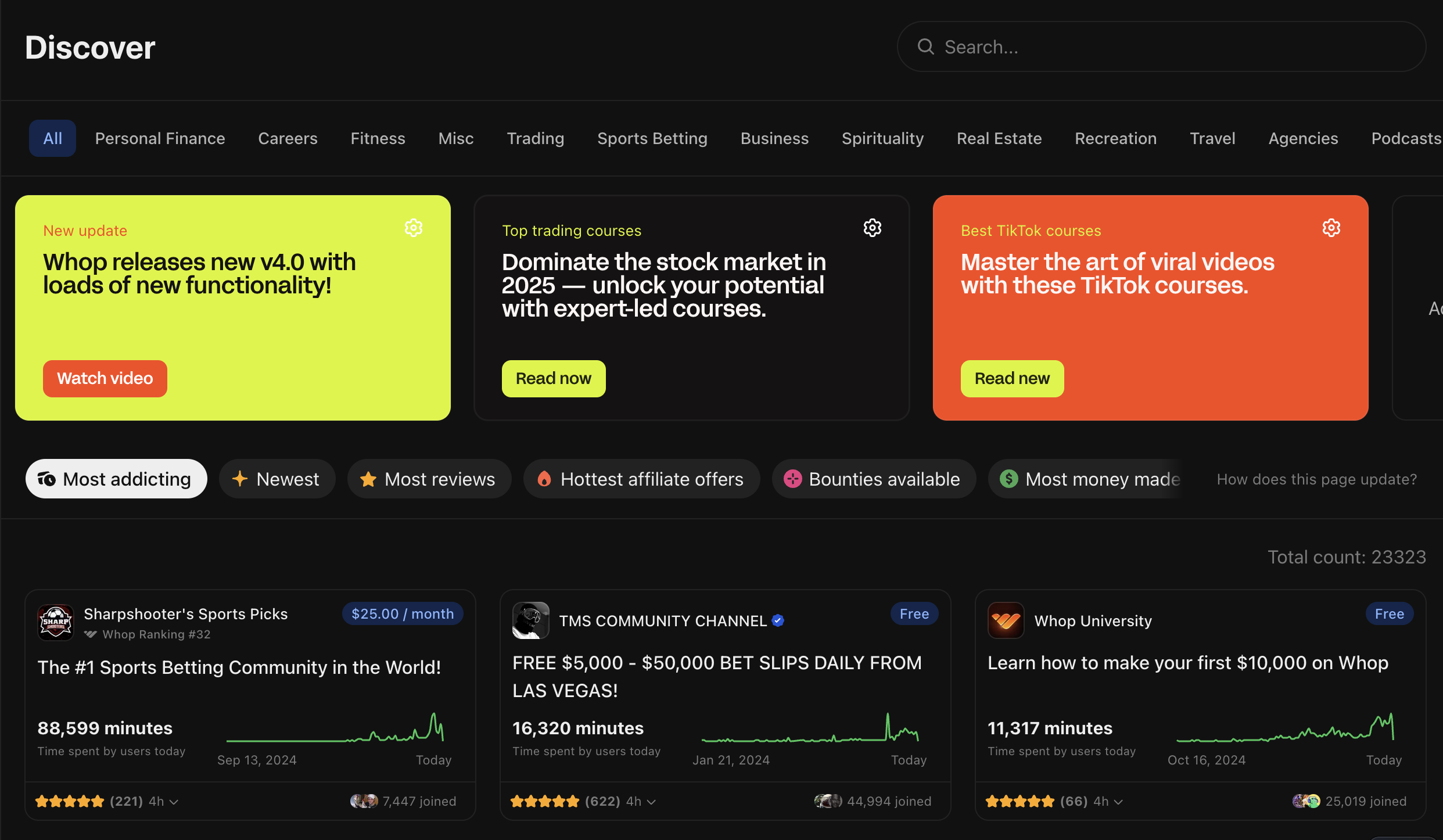
Marketplaces like Amazon, eBay, and Etsy represent some of the largest retail markets in the world—with Amazon alone expected to reach nearly 41% of total ecommerce sales in the U.S. in 2025, according to eMarketer—so it's no wonder that even established ecommerce companies, with their own websites for sales, have storefronts on these sites.
Then there are specialized marketplaces like Whop which allow anyone to make and sell online courses, digital products, community subscriptions, ebooks, software, webinars and masterminds among other things. Expanding your ecommerce business to established marketplaces is a good strategy for growth because it exposes your products to a broader audience and complement your existing ecommerce store.
The main benefit of this strategy is the fact that these platforms already have massive customer bases, so listing products in these places make for an effective way to reach shoppers who might not find your site organically. Increasing growth and, eventually, conversion.
Benefits of marketplace expansion include:
- Increased reach: Access millions of potential buyers who shop on these platforms daily.
- Builds trust: Customers often feel more secure buying from established marketplaces, such as Amazon, and Etsy.
- Diversified revenue streams: Selling on different marketplaces reduces dependency on a single sales channel. Despite that it requires work to manage multiple accounts, so keep that in mind when going for marketplace expansion on your online business.
14. Omnichannel selling
Omnichannel selling in ecommerce revolves around creating a seamless shopping experience across all customer touchpoints your brand may have, such as online stores and marketplaces to your social media accounts. The goal of this ecommerce growth strategy is to ensure that your customers can browse, buy, and interact with your brand effortlessly, regardless of where they are.
Omnichannel shoppers spend somewhere between 50 and 300% more than traditional shoppers, according to Worldpay research. And businesses that use omnichannel strategies achieve 91% greater year-on-year customer retention. For growth, efficient omnichannel integration is one of the best ways to ensure high conversion rates for your company, as it basically ensures that you'll have at least one hook in every possible fishing spot, so to speak.
Benefits of omnichannel selling include:
- Improved customer experience: Online shoppers often use different platforms to make purchases, whether via mobile or desktop. Omnichannel selling allows them to move across shopping channels seamlessly.
- Increased sales opportunities: By offering integrated shopping channels on different platforms, whether on social media, marketplaces, or landing pages, you ensure that your business presence is strong wherever your customers are.
- Enhanced brand loyalty: Omnichannel selling represents convenience, something that online shoppers value more than anything else (aside from good prices). Making it easy to shop across platforms ensures that your customers become loyal more easily.
15. Conversion rate optimization (CRO)
Conversion rate optimization is a more internal strategy focused on improving your website's ability to turn visitors into buyers by using tools like Google Analytics or Hotjar to identify possible drop-off points the sales platform of your brand may have.
CRO is an ongoing process focused on improving growth of your business by constantly checking all the processes around your company, doing A/B tests, tweaking call-to-action (CTA) buttons, and adjusting copywriting to ensure growth and conversion rates are at max. A good marketing team is necessary to properly apply this, but the long-term benefits can be very substantial for any ecommerce company.
Benefits of CRO:
- Higher ROI: Increases conversions without the need for additional ad spend.
- Improves user experience: CRO aims to enhance the overall user experience (UX) of websites and landing pages, improving the from browsing to the final checkout of your customers.
Important KPIs that you need to track in a growth strategy
Tracking the right Key performance indicators (KPIs) is essential for making sure your ecommerce growth strategy is effective and on track, as these indicators give insights into various aspects of your business, allowing you to adjust your strategy for continuous improvement.
Here are important KPIs you need to track in your growth strategy:
Customer acquisition cost (CAC)
CAC measures how much it costs to acquire a new customer. It includes all marketing and sales expenses divided by the number of new customers in a specific period. A lower CAC means your marketing efforts are more efficient, which is crucial for sustainable growth.
Customer lifetime value (CLV)
CLV predicts the total revenue a business can expect from a single customer over the course of their relationship. Tracking this KPI you can determine how much you should be spending on customer acquisition and retention strategies. Higher CLV means customers are more valuable to your business over time, which is critical for profitability.
Read this article to learn more about calculating CLV.
Conversion rate
Conversion rate is the percentage of website visitors who complete a desired action, such as making a purchase. Tracking this KPI helps identify how effective your website or specific landing pages are at turning visitors into customers. Improving your conversion rate can have a huge impact on your overall growth without needing to increase traffic.
For more information, read 'How to improve ecommerce conversion rate'.
Average order value (AOV)
AOV measures the average amount of money spent each time a customer places an order. Increasing your AOV through upselling, cross-selling, or bundled deals can significantly boost revenue without needing to acquire new customers.
Churn rate
Churn rate is the percentage of customers who stop buying from your business over a specific period. Reducing churn is important to maintaining a steady revenue stream and keeping customer acquisition costs low.
Return on ad spend (ROAS)
ROAS measures the effectiveness of your advertising campaigns by comparing the revenue generated to the amount spent on ads. It helps you determine which marketing channels are delivering the highest returns, allowing you to allocate your ad spend more efficiently.
Cart abandonment rate
Tracks the percentage of shoppers who add items to their cart but don’t complete the purchase. Email reminders, simplified checkout, or better shipping options are good strategies to reduce cart abandonment rates.
Email open rate & click-through rate (CTR)
For email marketing, open rates measure the percentage of people who open your emails, while CTR measures how many people clicked on a link within your email. Both KPIs help assess the effectiveness of your email campaigns and indicate how well you're engaging with your audience.
Customer retention rate
This KPI measures the percentage of customers who return to your store to make repeat purchases. A high retention rate indicates strong brand loyalty and effective post-purchase engagement, both critical for long-term growth.
Learn how to grow your business with Whop

Now that you know the best growth strategies for your business, it’s time to learn how to implement them the best way possible. Whop is an all-in-one platform that brings together the greatest ecommerce experts, all ready to teach you the secrets of growth marketing, as well as many other tips on all areas of ecommerce.
On Whop you’ll find online courses, communities, ebooks and much, much more on practically everything you want to learn. Do you have any knowledge that you think you can share? Our platform also gives you all the support you need to transform your skills into a profitable business.
Whop is the place for those who want to learn how to make more money on the internet.
Ecommerce growth strategies FAQs
The frequently asked questions about proven ecommerce growth strategies.
How important is an ecommerce growth strategy for online businesses?
Ecommerce growth strategies are essential for an online business because it provides a clear roadmap for scaling operations, increasing revenue, and staying competitive. Without a strategic plan for growth, businesses risk stagnation, losing market share, and even becoming irrelevant in a constantly evolving market.
Why should you trust us
An experienced content writer at Whop, Joe Niehaus is an ecommerce expert with extensive experience in growth marketing and affiliate marketing. Joe has also lent his ecommerce knowledge to prominent publishers such as Travel + Leisure, GQ, and Business Insider.




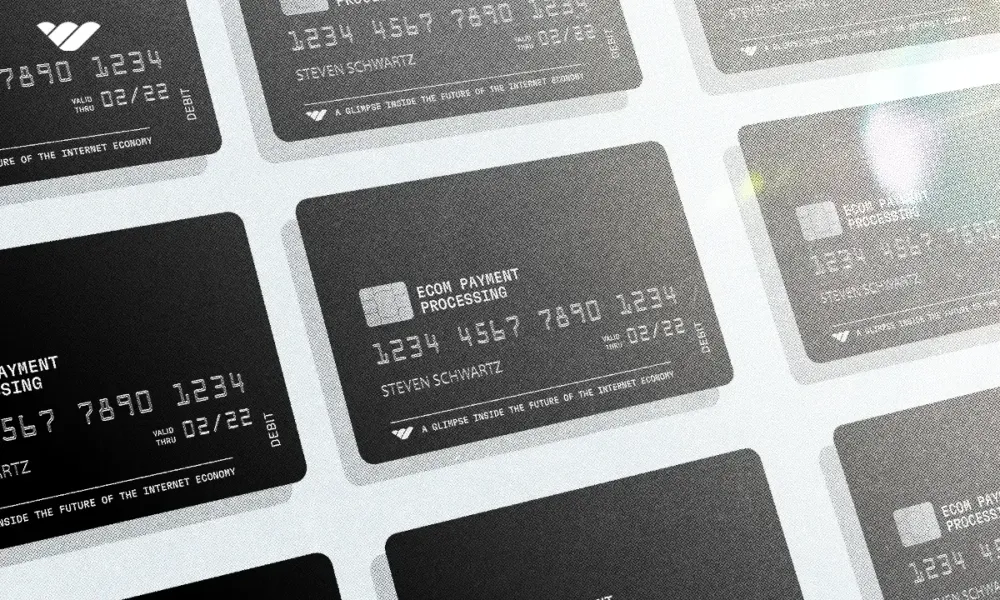
![8 best BNPL providers for your business [2026]](/blog/content/images/size/w1000/2024/08/X-Best-BNPL-Companies--buy-now--pay-later--for-your-business.webp)
![How to sell digital products without a website - ultimate guide [2026]](/blog/content/images/size/w1000/2024/02/How-to-Sell-Digital-Products.webp)

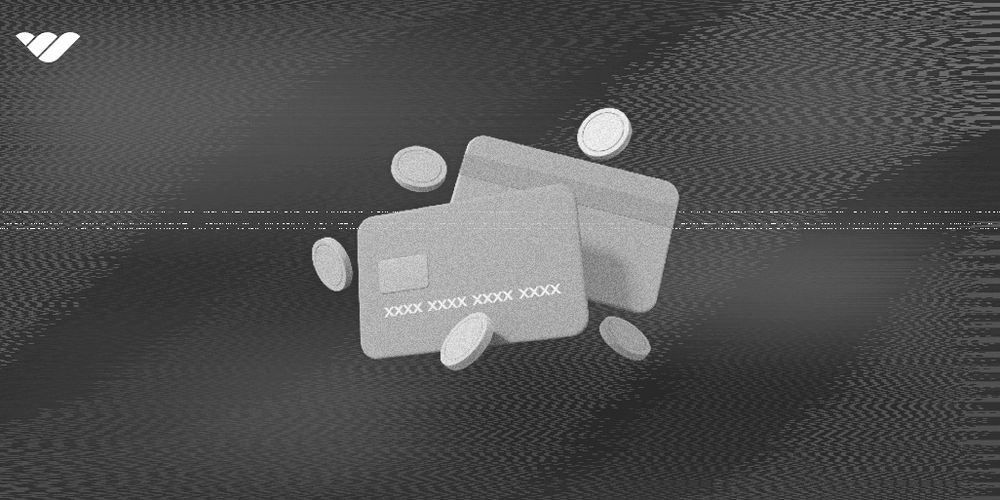
![12 best payment processing companies for ecommerce [2026]](/blog/content/images/size/w1000/2024/10/Top-10-Payment-Processing-Companies-for-Ecommerce-Feature-Image.png)

